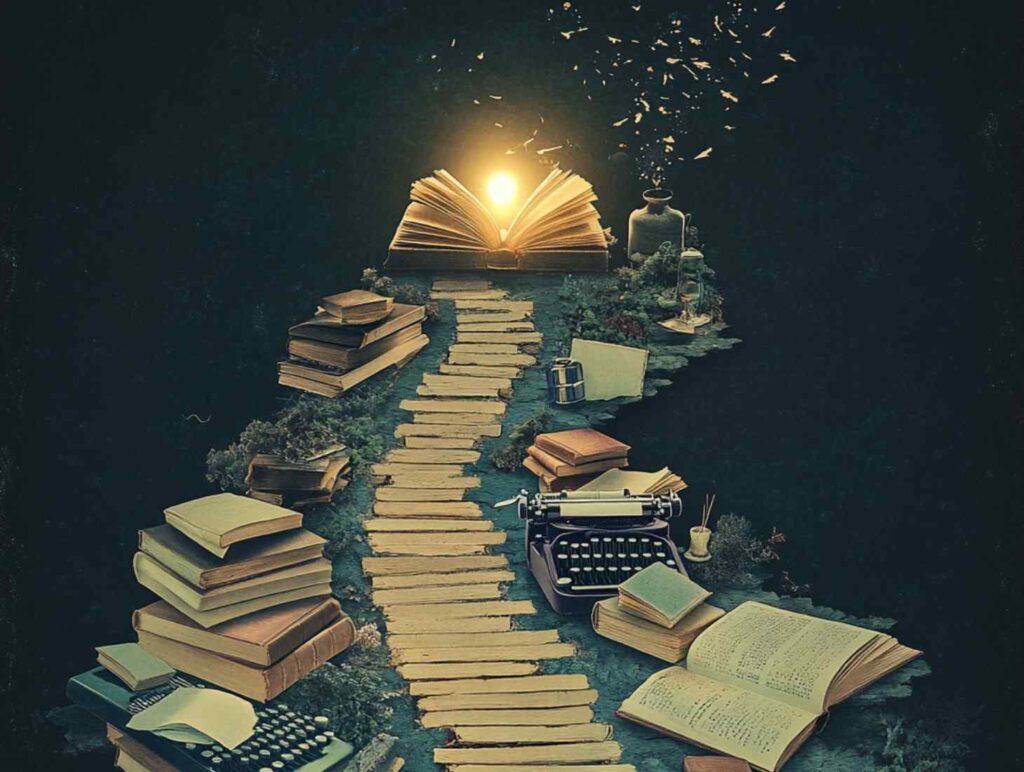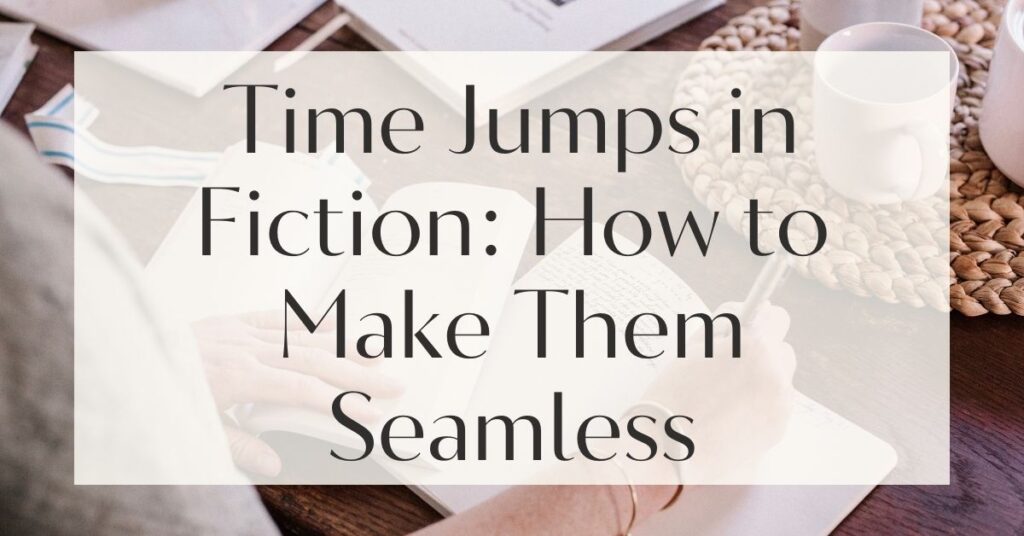Have you ever been swept away by a story, only to find yourself suddenly in a different era, marveling at the writer’s skill in transporting you through time? The magic of time jumps in fiction can be both thrilling and disorienting, much like stepping into a time machine with an unpredictable destination.
Time jumps, when done well, can elevate a narrative, adding layers of intrigue and depth. But what is the secret to making these temporal leaps seamless?
This blog post will unravel the intricacies of time jumps, offering insights into their importance in storytelling and providing techniques to master this art form.
Understanding Time Jumps in Fiction
The concept of time jumps in fiction is as captivating as it is complex. It involves the artful transition between different periods within a narrative, allowing the story to unfold non-linearly.
This technique can breathe life into a plot, revealing past events or future possibilities that enrich the reader’s understanding. However, without careful execution, time jumps can lead to confusion, disrupting the flow and coherence of the story.
Defining Time Jumps
Time jumps are narrative devices that shift the timeline of a story, moving the reader forward or backward in time.
Unlike traditional chronological storytelling, which progresses linearly, time jumps allow writers to explore different moments that are crucial to the plot. This technique can be seen in various forms, such as flashbacks, flashforwards, or even more subtle shifts that suggest a change in time without explicitly stating it.
For instance, a flashback might delve into a character’s childhood, unveiling motivations and emotions that shape their present actions. On the other hand, a flashforward can create suspense by hinting at future events, leaving readers eager to discover how the story unfolds.
The key to effective time jumps is their ability to enhance the narrative without confusing the audience.
Historical Context and Evolution
Time jumps have a rich history in literature and film, evolving alongside storytelling techniques. From the ancient epics of Homer to the modern masterpieces of cinema, storytellers have long been fascinated by the fluidity of time.
In the early 20th century, writers like Virginia Woolf and James Joyce experimented with stream-of-consciousness techniques, blending past and present to reflect the complexity of human thought.
As storytelling mediums expanded, so did the ways in which time could be manipulated. Films like “Citizen Kane” and “Pulp Fiction” challenged traditional narrative structures, using time jumps to weave intricate tales that captivated audiences.
Today, time jumps continue to evolve, with contemporary authors and filmmakers pushing the boundaries of how stories are told.
Why Time Jumps Matter in Storytelling
Time jumps are not just a stylistic choice; they are a powerful tool in shaping a story’s narrative structure. By playing with time, writers can create a tapestry of events that reveal deeper truths about characters and themes.
This technique can heighten the emotional impact, guide the reader’s journey, and ultimately transform a simple tale into a profound exploration of time and memory.
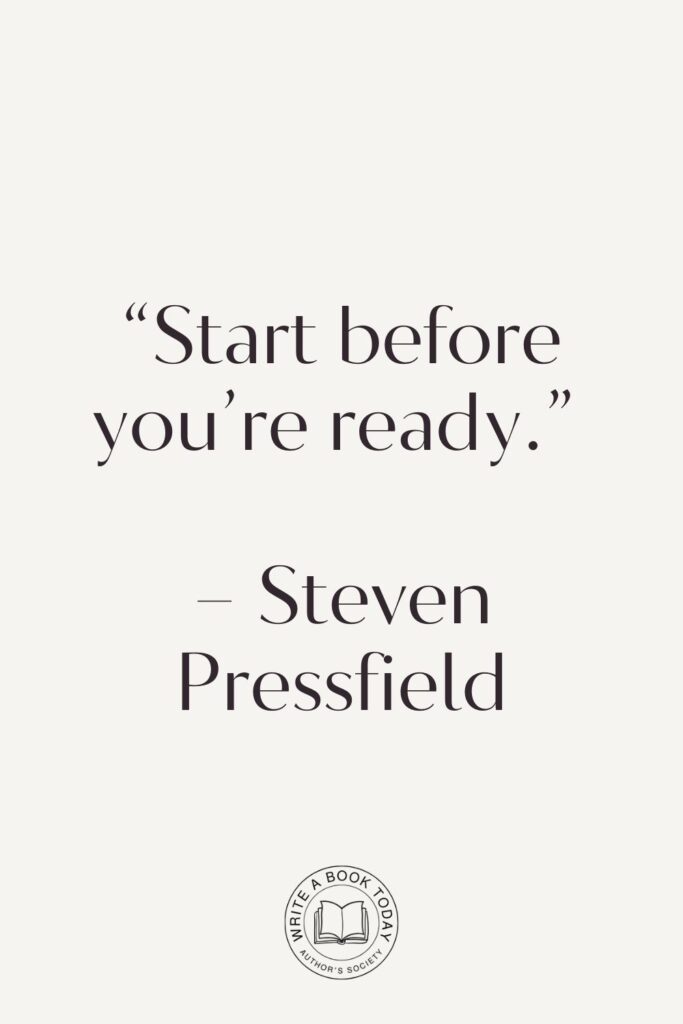
Enhancing Narrative Structure
Incorporating time jumps allows writers to break free from the constraints of linear storytelling, crafting a more dynamic and engaging narrative.
By juxtaposing different time periods, authors can draw connections between seemingly disparate events, creating a richer tapestry of meaning. This approach invites readers to piece together the story like a puzzle, fostering a sense of involvement and discovery.
Consider using time jumps to reveal character development gradually. By presenting key moments from a character’s past, you can build a deeper understanding of their motivations and actions.
This approach adds depth and complexity, encouraging readers to empathize with the character’s journey. It also allows for a more nuanced exploration of themes and relationships.
Creating Emotional Impact
Time jumps can amplify the emotional resonance of a story, allowing readers to experience pivotal moments from different perspectives. A well-placed flashback can evoke nostalgia, while a glimpse into the future can stir anticipation and hope.
By manipulating time, writers can guide the reader’s emotional journey, building tension and release in unexpected ways.
For example, consider a story where a character reflects on a cherished memory with a lost loved one. The sudden shift to the past can evoke a sense of longing and loss, deepening the emotional impact. Similarly, a flashforward to a hopeful future can offer solace and optimism, creating a powerful contrast with the present.
Google Docs is for notes. Scrivener is for novels. Upgrade your writing game and try it for free today!

The Reader’s Journey: Anticipation and Surprise
Time jumps introduce an element of unpredictability, keeping readers on their toes as they navigate the twists and turns of the narrative. By revealing information out of sequence, writers can create suspense and surprise, challenging readers to anticipate the next leap in time.
This engagement fosters a sense of curiosity and investment, as readers piece together the story’s timeline.
Use time jumps strategically to maintain reader interest. By carefully timing these transitions, you can build suspense and intrigue, drawing readers deeper into the story.
Consider planting subtle clues and foreshadowing events to enhance the reader’s experience. This approach encourages active participation, as readers become detectives piecing together the narrative puzzle.
Techniques for Seamless Time Jumps
Mastering the art of seamless time jumps requires a delicate balance of clarity and subtlety.
Writers must establish clear transitions while maintaining the story’s tone and style. By employing various storytelling techniques, such as flashbacks and flashforwards, authors can guide readers through the narrative’s temporal shifts with ease.
Establishing Clear Transitions
To ensure that time jumps are smooth and coherent, writers must craft transitions that signal the shift in time to the reader.
This can be achieved through various techniques, such as changes in setting, tone, or language. By providing contextual cues, authors can guide readers through the narrative’s temporal landscape without confusion.
Consider using visual or auditory markers to indicate a change in time. Descriptive language that evokes a specific era or setting can help anchor the reader in the new timeline. Additionally, dialogue or internal monologue can serve as a bridge between past and present, offering insight into the character’s thoughts and emotions.
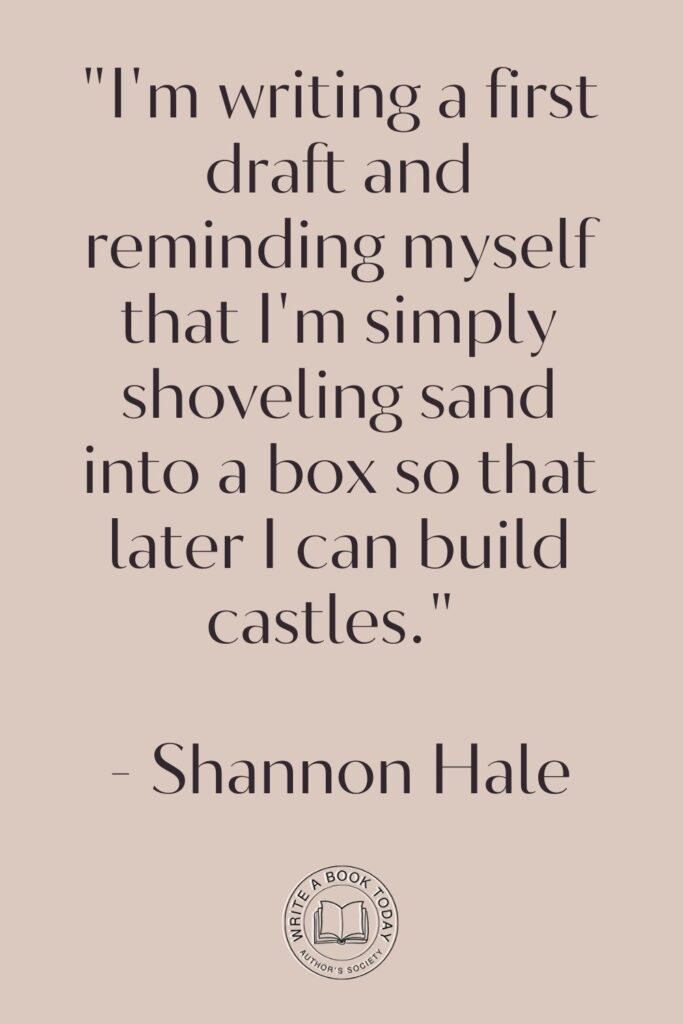
Utilizing Flashbacks and Flashforwards
Flashbacks and flashforwards are powerful tools for exploring different time periods within a story. These techniques allow writers to delve into a character’s past or future, revealing crucial information that shapes the narrative.
By carefully integrating these elements, authors can enrich the plot and deepen the reader’s understanding.
- Flashbacks: Use these to reveal backstory, character motivations, or pivotal events that impact the present.
- Flashforwards: Create suspense by hinting at future developments, leaving readers eager to see how the story unfolds.
- Interwoven timelines: Blend past, present, and future to create a complex narrative that reflects the intricacies of human experience.
Maintaining Consistency in Tone and Style
Consistency in tone and style is crucial for seamless time jumps. Writers must ensure that the narrative voice remains cohesive, even as the timeline shifts. This requires careful attention to language, pacing, and character development, maintaining a sense of continuity throughout the story.
Develop a strong narrative voice that anchors the reader in the story, regardless of the time period. This voice should remain consistent, providing a familiar thread that ties the narrative together.
Consider how changes in tone or style can reflect the character’s growth or the story’s evolution. This approach enhances the reader’s immersion, allowing them to navigate time jumps with ease.
Feeling lost with your debut novel?
Fiverr Pro connects you with expert editors, designers, and marketers – everything you need to get your book ready for success!

Examples of Effective Time Jumps
Learning from successful examples can provide valuable insights into the art of time jumps. By examining classic literature and contemporary works, writers can glean inspiration and techniques to apply to their own narratives.
Understanding what works—and what doesn’t—can guide authors in crafting their own seamless time jumps.
Classic Literature and Film
Classic works of literature and film offer a treasure trove of examples of effective time jumps. From the fragmented narrative of “Slaughterhouse-Five” by Kurt Vonnegut to the non-linear storytelling of “The Godfather Part II,” these works demonstrate the power of time manipulation in creating compelling narratives.
In “The Great Gatsby,” F. Scott Fitzgerald uses flashbacks to reveal the tragic love story of Jay Gatsby and Daisy Buchanan, weaving past and present to build tension and emotional depth. Similarly, films like “Memento” and “Eternal Sunshine of the Spotless Mind” play with time to create intricate plots that captivate audiences.
Contemporary Works That Get It Right
Modern authors and filmmakers continue to push the boundaries of time jumps, experimenting with innovative storytelling techniques. Novels like “The Night Circus” by Erin Morgenstern and “Cloud Atlas” by David Mitchell explore interconnected timelines, crafting intricate narratives that challenge and engage readers.
In film, directors like Christopher Nolan and Denis Villeneuve have mastered the art of time manipulation, creating mind-bending experiences in movies like “Inception” and “Arrival.” These works demonstrate how time jumps can enhance storytelling, adding layers of complexity and intrigue.
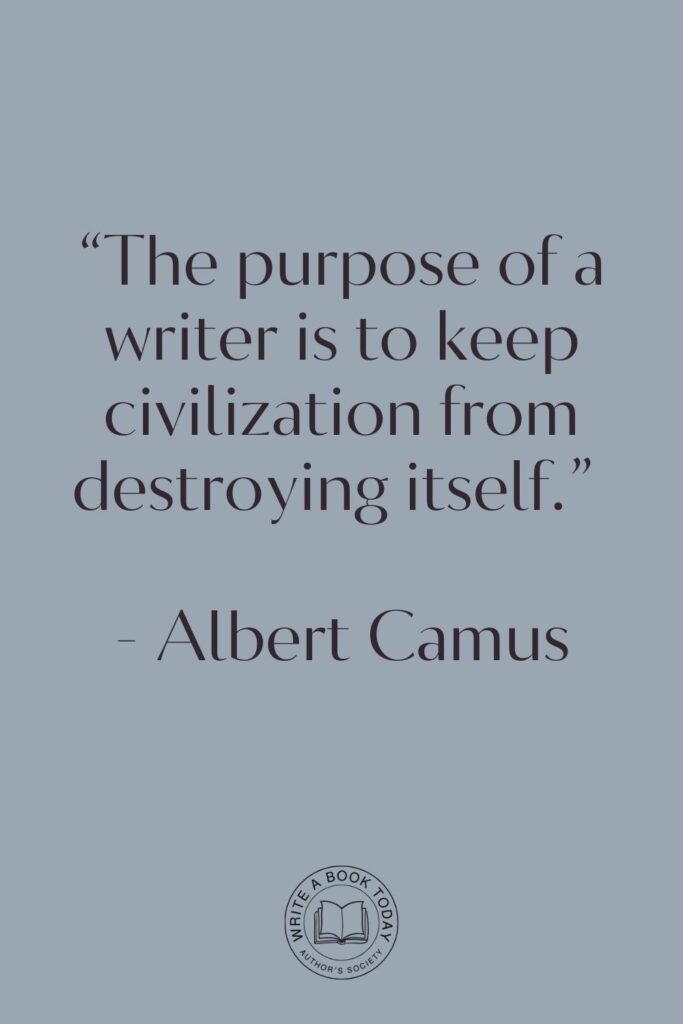
Lessons from Failed Time Jumps
Not all attempts at time jumps are successful, and learning from these missteps can be equally instructive. When time jumps are poorly executed, they can lead to confusion and disrupt the narrative flow. Common pitfalls include unclear transitions, inconsistent tone, and lack of context.
| Common Pitfalls | Solutions |
|---|---|
| Unclear transitions | Use descriptive language and contextual cues to signal time shifts. |
| Inconsistent tone | Maintain a cohesive narrative voice throughout the story. |
| Lack of context | Provide background information to anchor the reader in each time period. |
Crafting Your Own Time Jump
Creating your own time jumps requires a blend of creativity, planning, and attention to detail. By incorporating tips and techniques from successful examples, writers can craft compelling narratives that transport readers through time.
Whether you’re writing a novel, screenplay, or short story, mastering time jumps can elevate your storytelling to new heights.
Tips for Creative Writing
When crafting time jumps, consider the overall structure and flow of your narrative. Plan your time shifts carefully, ensuring they serve a purpose and enhance the story.
Experiment with different techniques, such as flashbacks, flashforwards, or parallel timelines, to find what works best for your narrative.
Balance surprise and clarity when implementing time jumps. While it’s important to keep readers engaged, avoid overwhelming them with too many shifts.
Provide enough context and cues to guide the reader through the narrative. This approach ensures a seamless experience, allowing readers to focus on the story’s emotional and thematic depth.
No marketing platform? No social following? No problem!
Publisher Rocket helps you market your debut novel like a pro.
It’s a gamechanger for debut authors – try it today!


Incorporating Time Jumps in Your Narrative
Integrating time jumps into your narrative requires a keen understanding of your story’s themes and characters.
Consider how different time periods can reveal new facets of the plot or deepen character development. Use time jumps to explore complex themes, such as memory, identity, or the passage of time.
Think about the emotional journey you want to take your readers on. How can time jumps enhance this experience? By thoughtfully incorporating temporal shifts, you can create a narrative that resonates on multiple levels, inviting readers to reflect on their own experiences with time.
Encouraging Reader Engagement
Engaging readers through time jumps involves more than just clever plot twists. It’s about creating a narrative that invites curiosity and reflection. Encourage readers to piece together the story’s timeline, fostering a sense of discovery and involvement.
Consider interactive elements, such as maps, timelines, or annotations, to enhance the reader’s experience. These tools can provide additional context and insight, allowing readers to explore the story’s temporal landscape in greater depth.
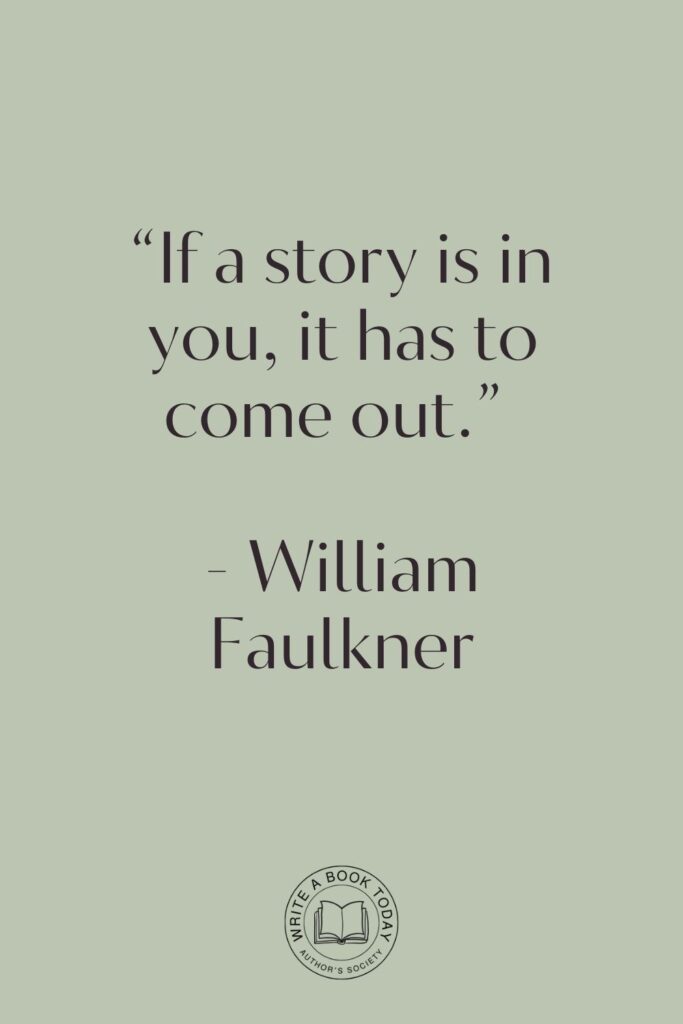
The Future of Time Jumps in Fiction
The art of time jumps is continually evolving, with new trends and technologies shaping the future of storytelling. As writers and creators experiment with innovative narrative techniques, the possibilities for time manipulation are expanding, offering exciting opportunities for exploration and creativity.
Emerging Trends in Storytelling Techniques
Emerging trends in storytelling are pushing the boundaries of time jumps, exploring new ways to engage audiences. Interactive narratives, such as video games and virtual reality experiences, offer immersive environments where time can be manipulated in real-time.
These mediums allow for greater experimentation with non-linear storytelling, providing unique opportunities for creative expression.
Additionally, cross-genre storytelling is gaining popularity, blending elements of science fiction, fantasy, and historical fiction to create rich, layered narratives. By combining different genres, writers can explore the concept of time in innovative ways, challenging traditional narrative conventions.
The Role of Technology in Narrative Innovation
Technology is playing a significant role in shaping the future of time jumps in fiction. Digital tools and platforms offer new possibilities for storytelling, enabling creators to experiment with interactive and multimedia elements.
From augmented reality to transmedia storytelling, technology is opening up new avenues for exploring time and narrative.
Embrace technology as a tool for innovation in storytelling. Experiment with digital platforms and interactive elements to create immersive experiences.
Consider how technology can enhance your narrative, offering new ways for readers to engage with the story. This approach encourages creativity and experimentation, pushing the boundaries of traditional storytelling techniques.
As we look to the future, the art of time jumps will continue to evolve, inspiring writers and creators to explore new frontiers in storytelling. By mastering this technique, you can craft narratives that captivate and resonate, inviting readers to embark on a journey through time and imagination.
